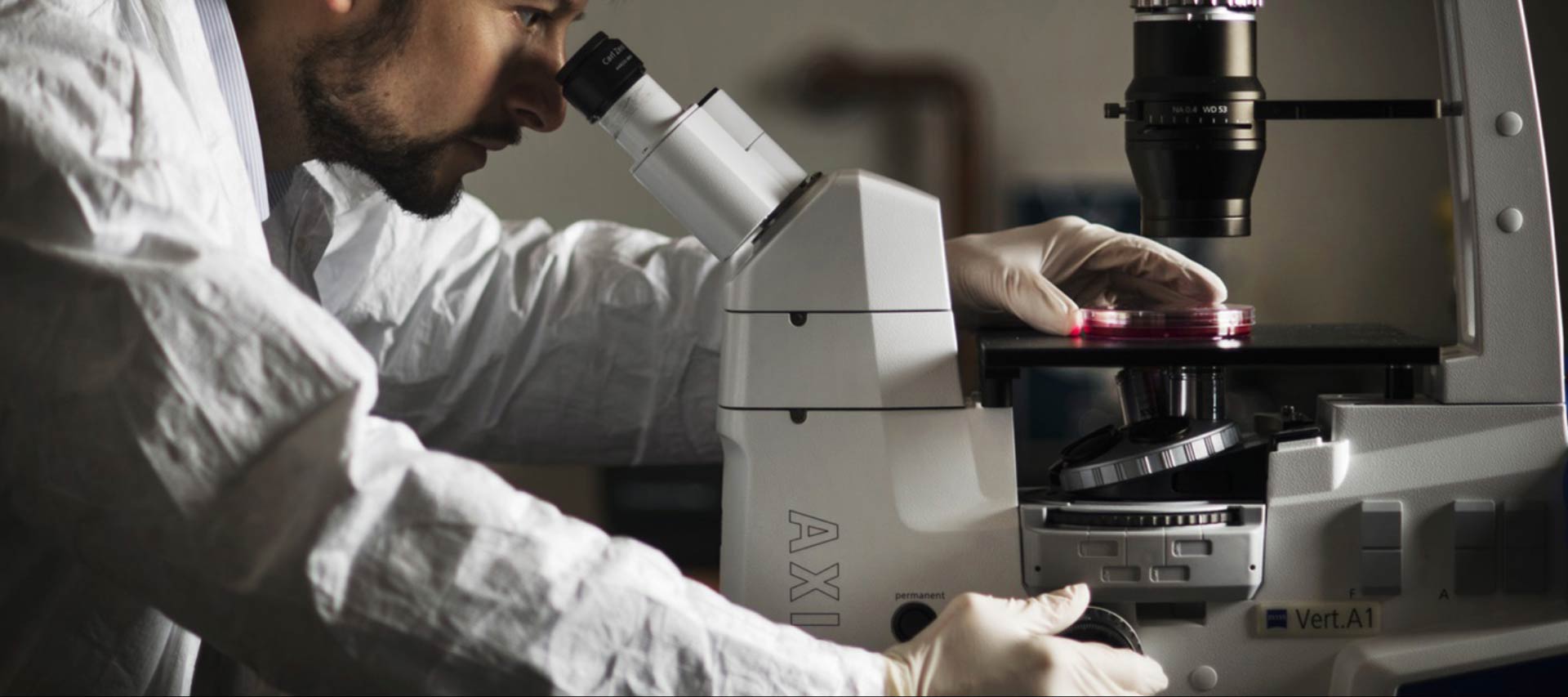
People
We are teachers, leaders, researchers, advisors, business professionals and students. Welcome to Northeastern’s College of Science
Rebecca Carrier
News
Roux graduate students put real-world skills on display at Student Showcase
Can machine learning accurately predict goal scoring in soccer? Will augmented reality and 3D modeling revolutionize science and math education in Maine? What lessons can we glean about programming in 2024 from a video game created in 1985?
These questions and more found answers at the annual Student Showcase held on April 25th at Northeastern University’s Roux Institute. The event provided a platform for students to present projects that demonstrated the practical application of the expertise and insights they’ve gained throughout their graduate education.
The event kicked off with three keynote presentations:
Claire Maurer (earning her master’s in data analytics) and Jacob Inger (earning his master’s in data science), introduced a prototype that two students have been working on—a winch system that automatically raises and lowers aquaculture growlines. The system aids in protecting crops like kelp and oysters during inclement weather, while also monitoring water column data in real time.
Emmanuella Wiafe and Elorm Ninsin, graduate students in the Biotechnology program, unveiled their research project focused on investigating PTEN regulation through miRNAs. Their work sheds light on the mechanisms of adaptive resistance to cancer therapeutics, paving the way for potential breakthroughs in treatment strategies.
Michael Warren, a computer science master’s student set to graduate this spring, recounted the four months he spent working part-time for an AI startup, undertaking a wide variety of roles, including customer research, product management, and software development.
Each of the keynote speakers spoke about how the projects inspired their plans for the future. Warren, who in his previous career as a consultant and strategy manager always felt a “pull toward product development and technology,” said his time with the AI startup has gotten him excited to start his own venture.
“There are so many resources here at the Roux Institute that can help accelerate student entrepreneurship, it would be a miss for me not to take advantage of them during my time here,” Warren said. “The startup ecosystem in Maine has come a long way over the past few years, and I would love to be a part of that continued growth.
For Wiafe and Ninsin, their important research has only just begun. Both plan on enrolling in PhD programs after graduation, where they can “keep unraveling answers to pertinent questions that would ultimately lead to therapeutic breakthroughs.”
“This project has given us a chance to experience how exciting research is and has deepened our commitment to delve further into the captivating world of biomedical research,” Ninsin said.
Nathaniel Webb, a computer science major who will finish his master’s degree in August, presented a poster at the showcase. His project involved designing and coding a game for the original Nintendo Entertainment System (NES) from 1985. His love of retro video games inspired the project, but he emphasized how important the work was in his understanding of hardware and assembly language, which is a programming language that communicates directly with a computer’s hardware.
“Even though the NES is forty years old, a lot of what I learned is still relevant today,” he said. “Embedded systems in everything from a traffic light to a pacemaker to your smartwatch operate under strict hardware limitations, and code for these tiny computers is often written in direct assembly.
“There is no doubt that Roux students and their work will continue to be at the forefront here in Maine and beyond when we look to innovative solutions to our most critical challenges,” Annie Chuprevich, Senior Director of Academic Operations and Learner Services.
Other posters at the showcase summarized projects that used machine learning, human-computer interaction, data analysis, and virtual reality to solve for challenges in the sports, retail, gaming, education, and medical industries.
“Our students continue to explore solutions to real world challenges in their course work, co-ops, research, and entrepreneurial pursuits,” said Senior Director of Academic Operations and Learner Services, Annie Chuprevich. “It’s inspiring to see them lead with creative and critical thinking that embraces our changing technological landscape. There is no doubt that Roux students and their work will continue to be at the forefront here in Maine and beyond when we look to innovative solutions to our most critical challenges.”
Learn more about the Roux Institute by checking out their website.
Do parasites actually ‘eat’ human tissue? And how do they end up in the brain?
Robert F. Kennedy Jr.’s campaign says a parasitic worm the presidential candidate contracted years ago while traveling outside of the United States ate a portion of his brain, then died.
How do parasites, such as tapeworms, get into the brain in the first place? Scientists say they can — but that they “eat” human tissue is something of a misnomer.
Lori Ferrins, a research associate professor of chemistry and chemical biology at Northeastern University, studies neglected parasitic diseases. She says it’s possible that inflammation caused by a parasitic illness could make it easier for organisms to slip past the membrane shielding the brain known as the blood-brain barrier.
“Amoeba can work their way through the blood-brain barrier and tapeworms are also known to migrate into the brain,” Ferrins tells Northeastern Global News
Read more from Northeastern Global News
AP Photo by Michael Brochstein
Can robots be used to extract ice on the moon? This NASA research fellow from Northeastern wants to find out
Henry Noyes’ wiring work can be seen all over COBRA, Northeastern University’s award-winning serpentine robot designed to tumble down the deep craters on the moon.
As the electrical lead of the Crater Observing Bio-inspired Rolling Articulator project, Noyes designed the machine’s power system, allowing each of its individual modules to function in harmony.
Noyes, who recently graduated from Northeastern with a bachelor’s degree in mathematics and physics, played an important role in the university’s victory in the 2022 NASA Big Idea Challenge.
Led by Alireza Ramezani, Northeastern assistant professor of electrical and computer engineering, the university team was awarded the Artemis Award for COBRA’s potential to be used as part of the space agency’s missions to set up long-term lunar settlements.
Read more from Northeastern Global News.
Photo by Alyssa Stone/Northeastern University
Northeastern network science professor Albert-László Barabási elected to National Academy of Sciences
Albert-László Barabási was sitting in Central Café in Budapest, Hungary, when he got the call that he had been elected to the National Academy of Sciences (NAS) for his work in network science.
Network science’s recognition has felt like a long time coming, he says.
In 2005, the National Research Council — “the operating and principal programmatic arm of the National Academies,” according to the National Academies website — published a report titled, simply, “Network Science.”
In it, Barabási says that “the Academy officially defined network science as an independent field of investigation that is not just simply part of mathematics or physics,” but an arena with its own set of questions that warrant specific pursuit and unique methods.
Barabási, the Robert Gray Dodge professor of network science and a distinguished university professor of physics at Northeastern University, has pursued this line of research since 1995. Now he becomes the first Northeastern faculty member to be elected to the NAS while employed at Northeastern.
Read more from Northeastern Global News
Photo by Ruby Wallau/Northeastern University




